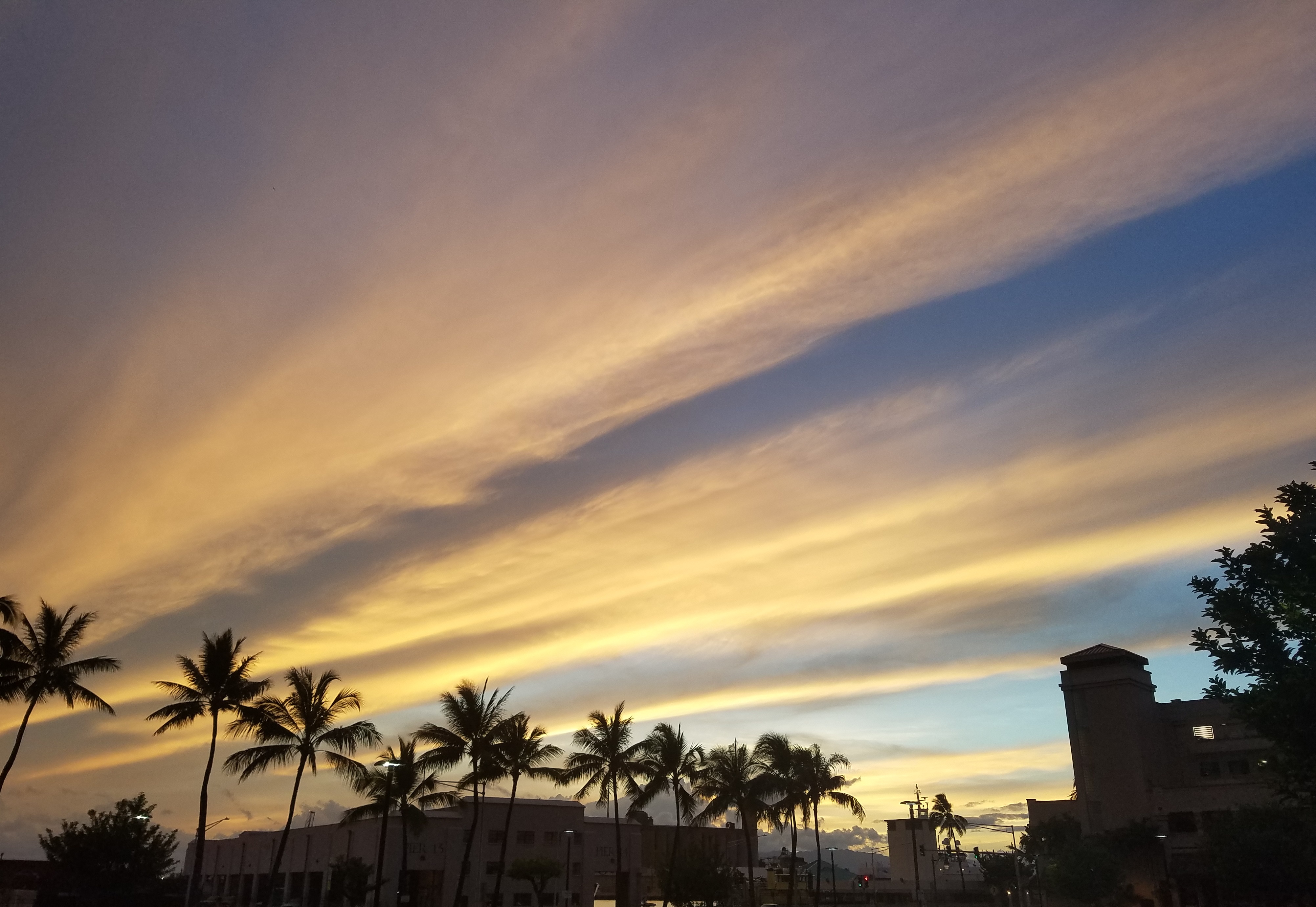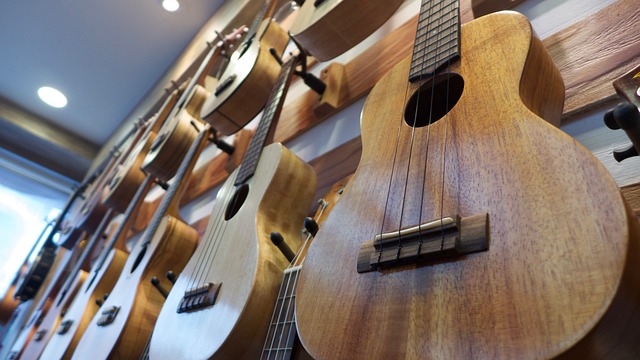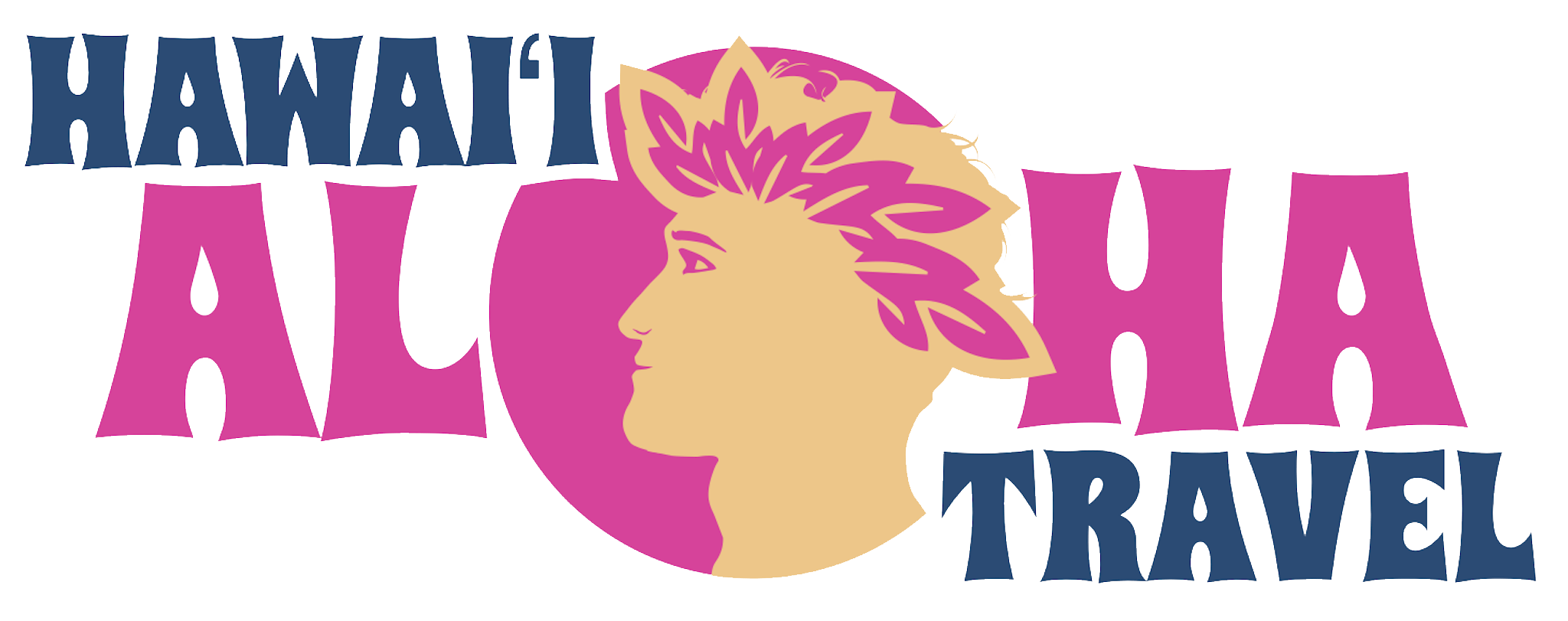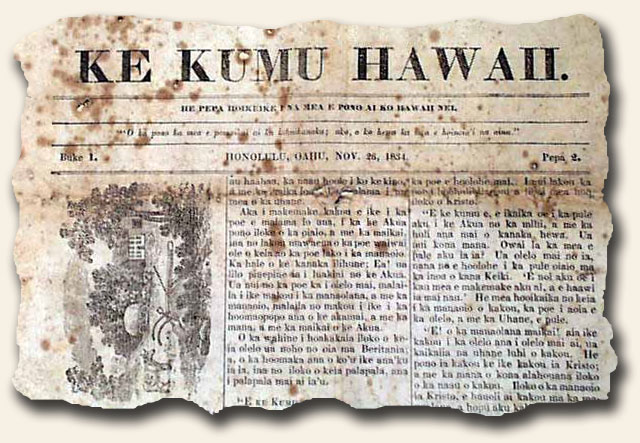The Hawaiian language is mostly recognized by the rest of the world in words like aloha and mahalo. That is likely to soon change as DuoLingo, the free language instruction app that millions around the world are using, launches its Hawaiian language program.
Visitors to Hawaii can now brush up on basic Hawaiian before a vacation in five minutes a day, for free. Or buckle down and become conversant. The DuoLingo program was developed in cooperation with Kamehameha Schools and a group of organizations dedicated to the preservation of Hawaii’s native language.

Although Hawaiian, or ‘olelo Hawai’i, is not commonly spoken conversationally in modern Hawaii, its use and prevalence has increased greatly in recent decades. This is due in large part to what has become known as the “Hawaiian Renaissance.” The Hawaiian language, hula, and other cultural practices have seen an inspiring resurgence since the language was banned in schools in 1896.
We blog about Hawaii
because we love Hawaii.
The first Hawaiian language newspaper was published in 1834. The last folded in 1948. There are many Hawaiian language publications and newsletters available today, mostly online. The scholarship and dedication of those committed to the study and preservation of ‘olelo Hawai’i make that possible.
Hawaiian is classified as a Malayo-Polynesian language. The classification includes Samoan, Tahitian, Maori, and Tongan, all of which share similar words, grammar, and syntax. The Hawaiian language evolved following the arrival of Polynesian voyagers in the islands as early as the year 400.

Hawaiian bursts with sophisticated nuances and phrasing (and vowels, lots of vowels). It’s common knowledge that native Aleutian Islanders have dozens of words for “snow.” Hawaiian is much the same in that a single word can have many meanings. Aloha is the perfect example. It means “hello.” It means “goodbye.” It means “love.” The Hawaiian language contains only 12 letters. However, even with an alphabet that sparse, Hawaiian is one of the most expressive languages in all the world.
There are different words for different types or wind and rain. It’s the same for clouds and for practically any kind of natural phenomena. That includes the human experience. For many, the beauty of the Hawaiian language is most truly expressed through Hawaiian music and dance. The glottal stops and elaborate diacritics used in some written Hawaiian words may seem at first unwieldy to those unfamiliar. But you don’t have to be able to read Hawaiian to understand the passion of the language when enjoying traditional Hawaiian songs and chants.

Hawaii has taken center stage in a variety of Hollywood films in the past decade or so. The animated blockbusters Lilo & Stitch and Moana are the most familiar, and they helped generate a renewed worldwide interest in native Hawaiian culture. Popular television shows like Hawaii 5-0 and Magnum PI have been pivotal in stoking that national and international interest.
Much has been said and written about the DuoLingo Hawaiian language program’s potential cultural and economic impacts of making the Hawaiian language available to anyone, anywhere, and for free. It seems clear that there are few downsides if any, however.
After all, it makes it easier for native Hawaiians to connect with the language. It makes it easier for people outside or visiting Hawaii to respect and engage with Hawaii’s native culture and language. Developed by true stewards of Hawaiian language and culture, the DuoLingo Hawaiian program helps anyone and everyone to understand how to respect it, interact with it, and be a part of it.




